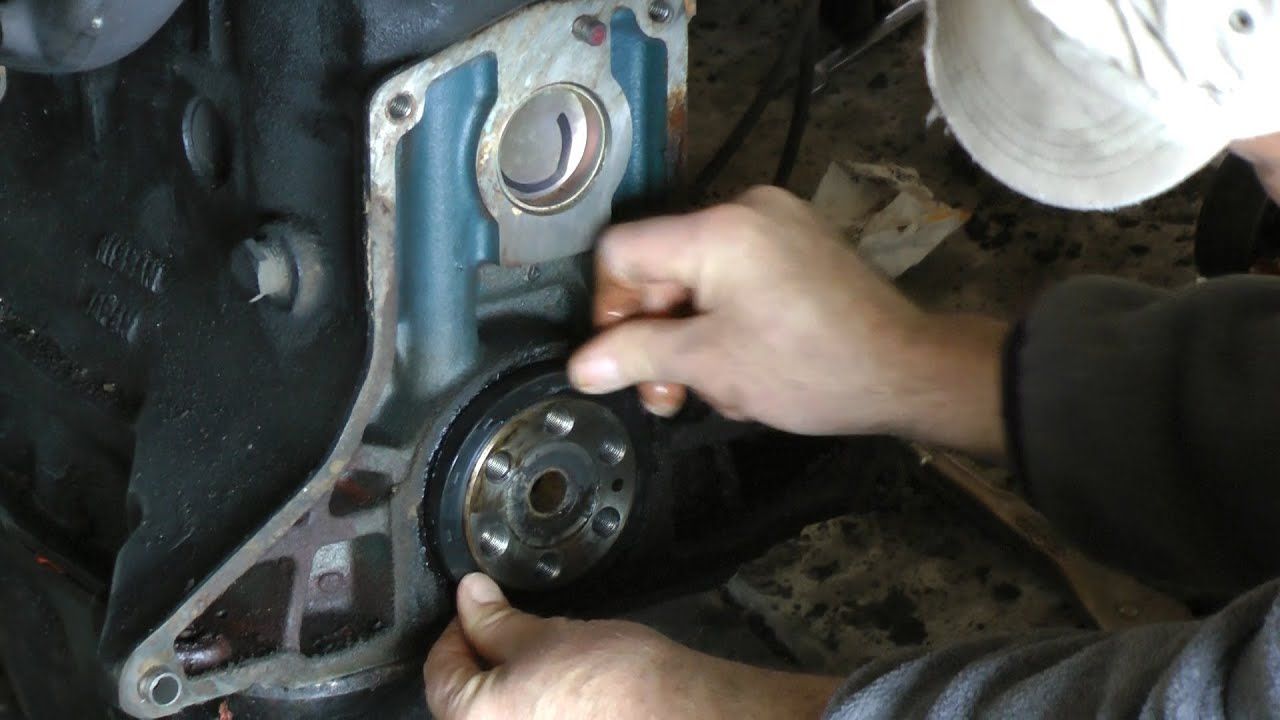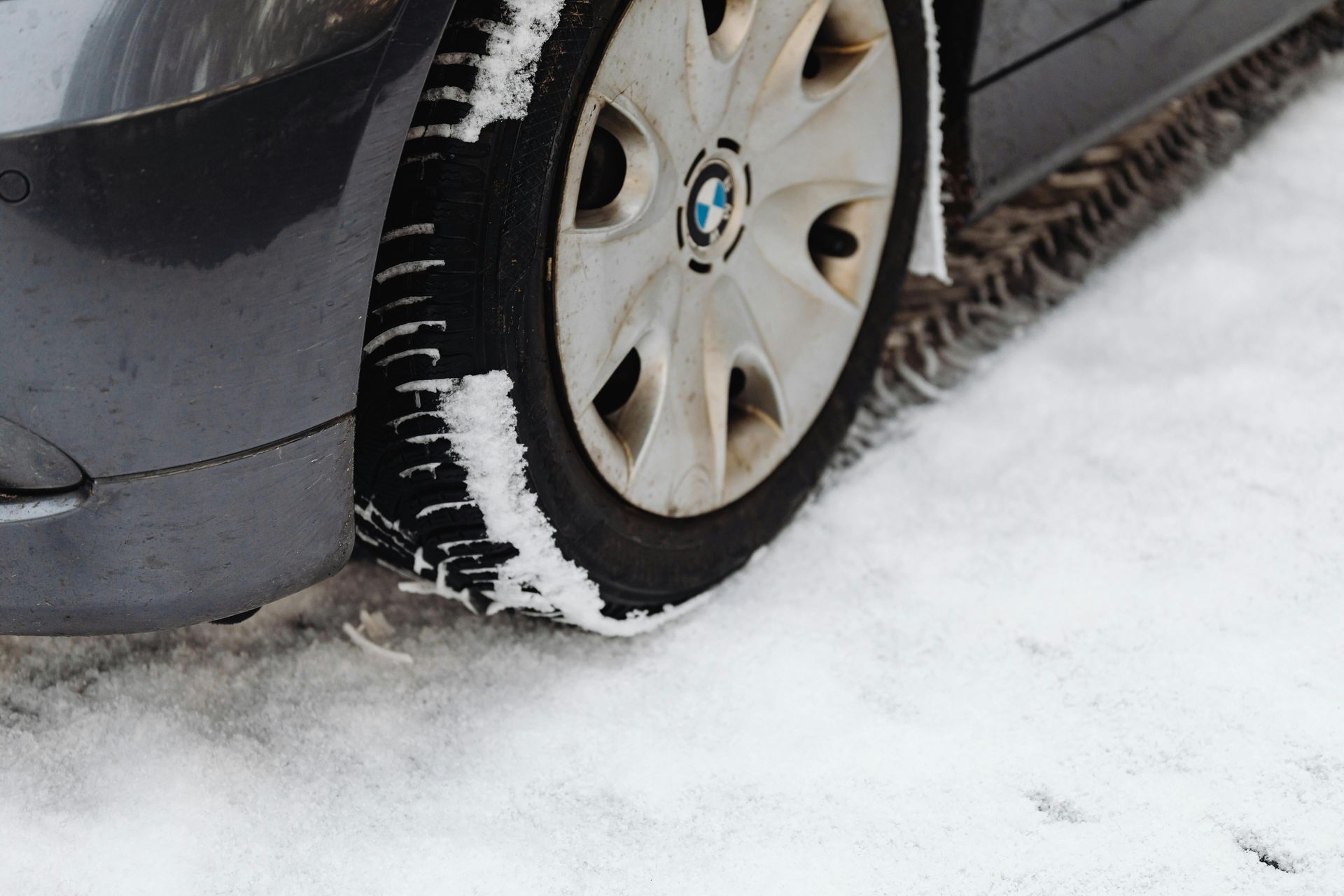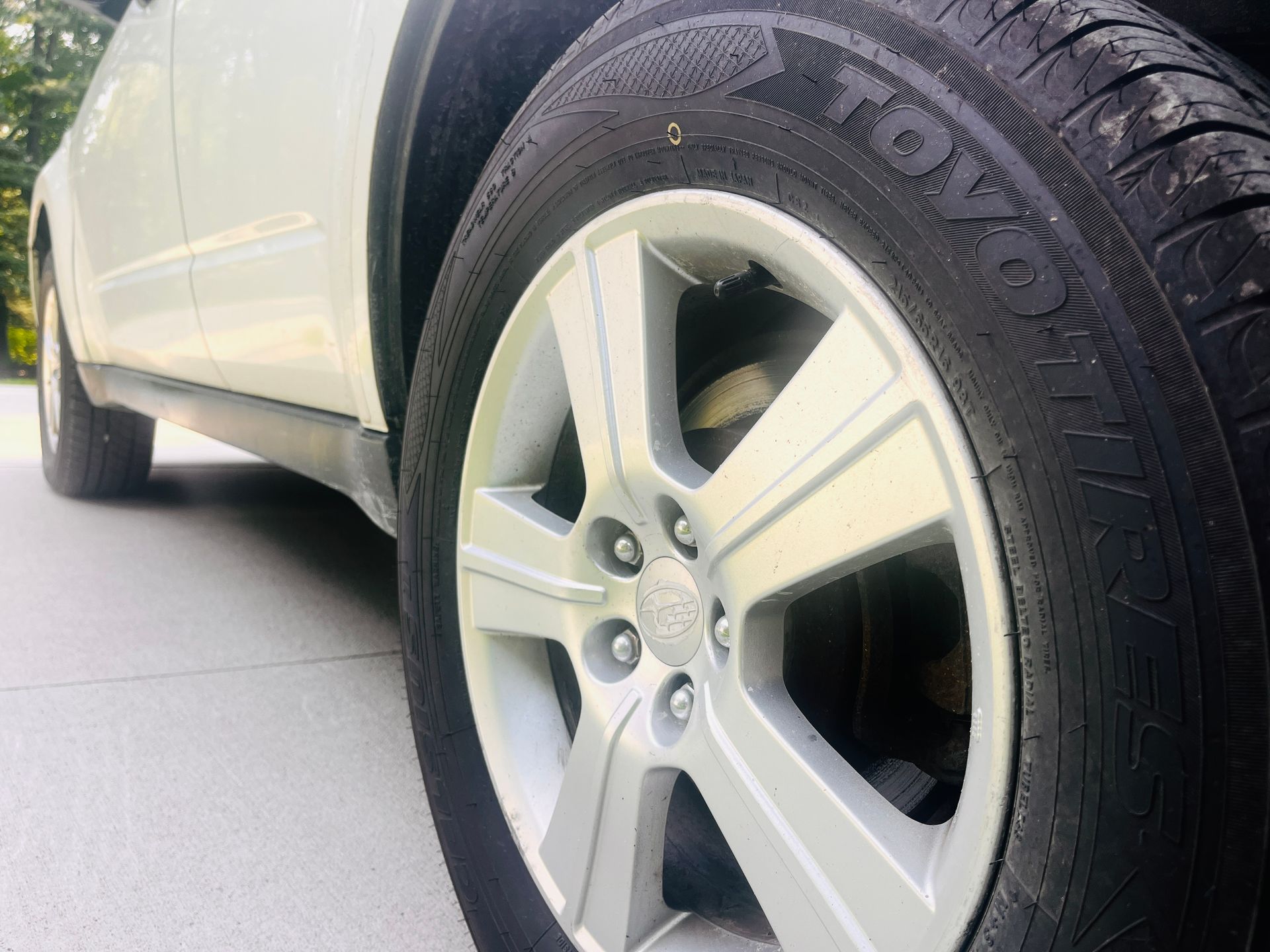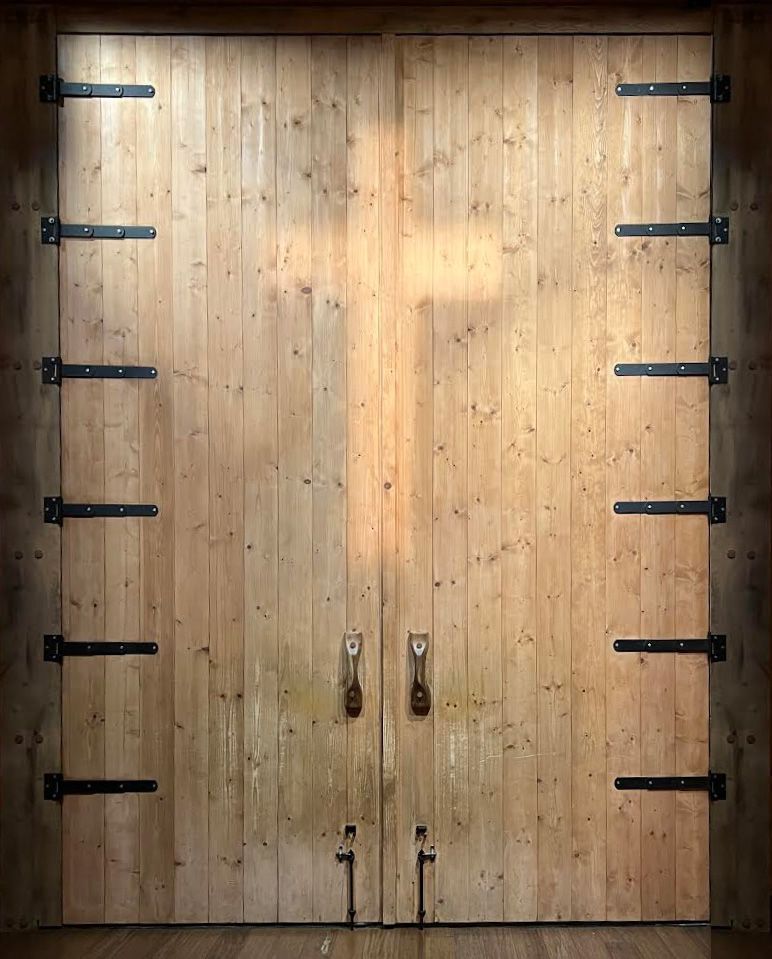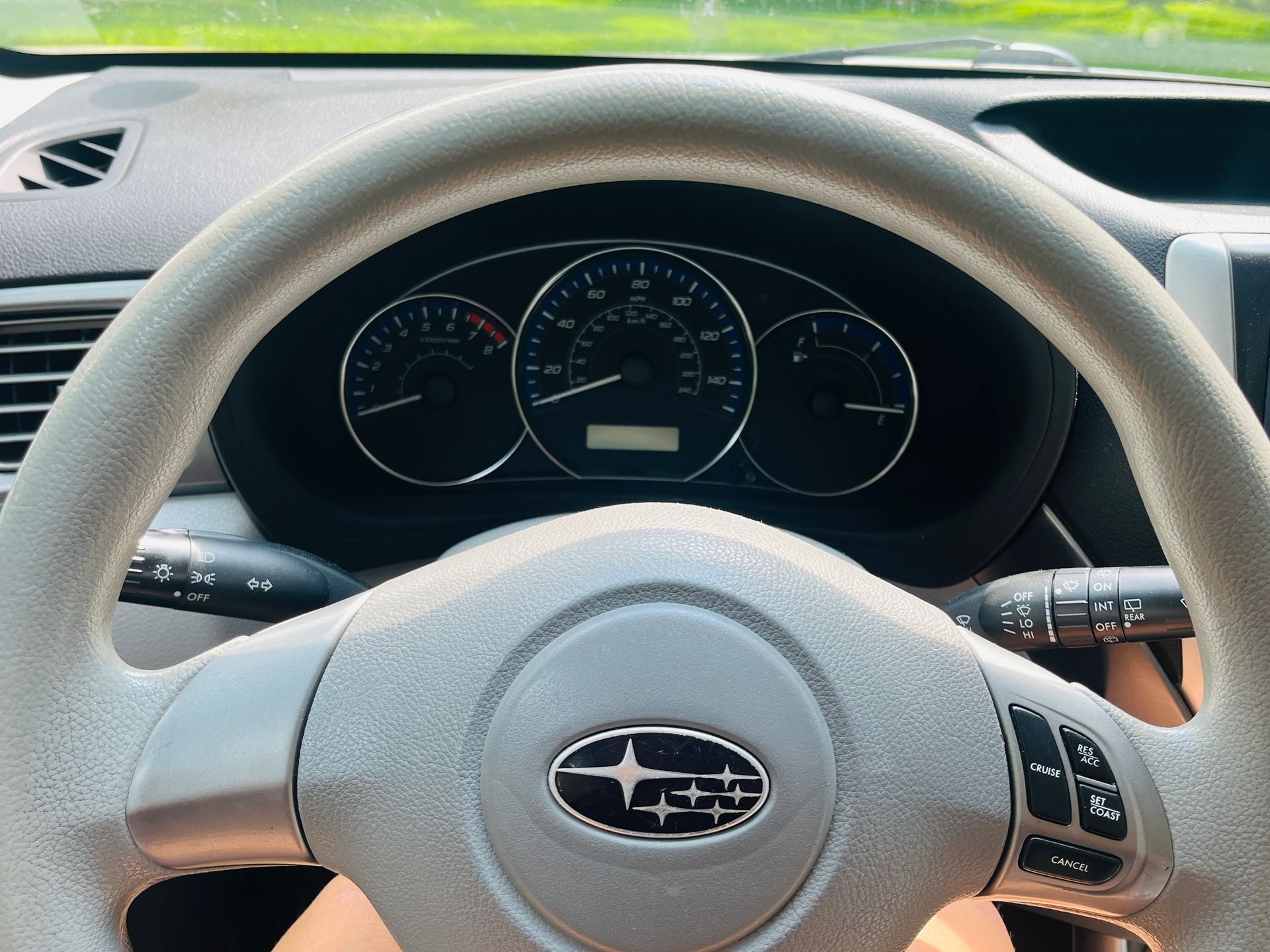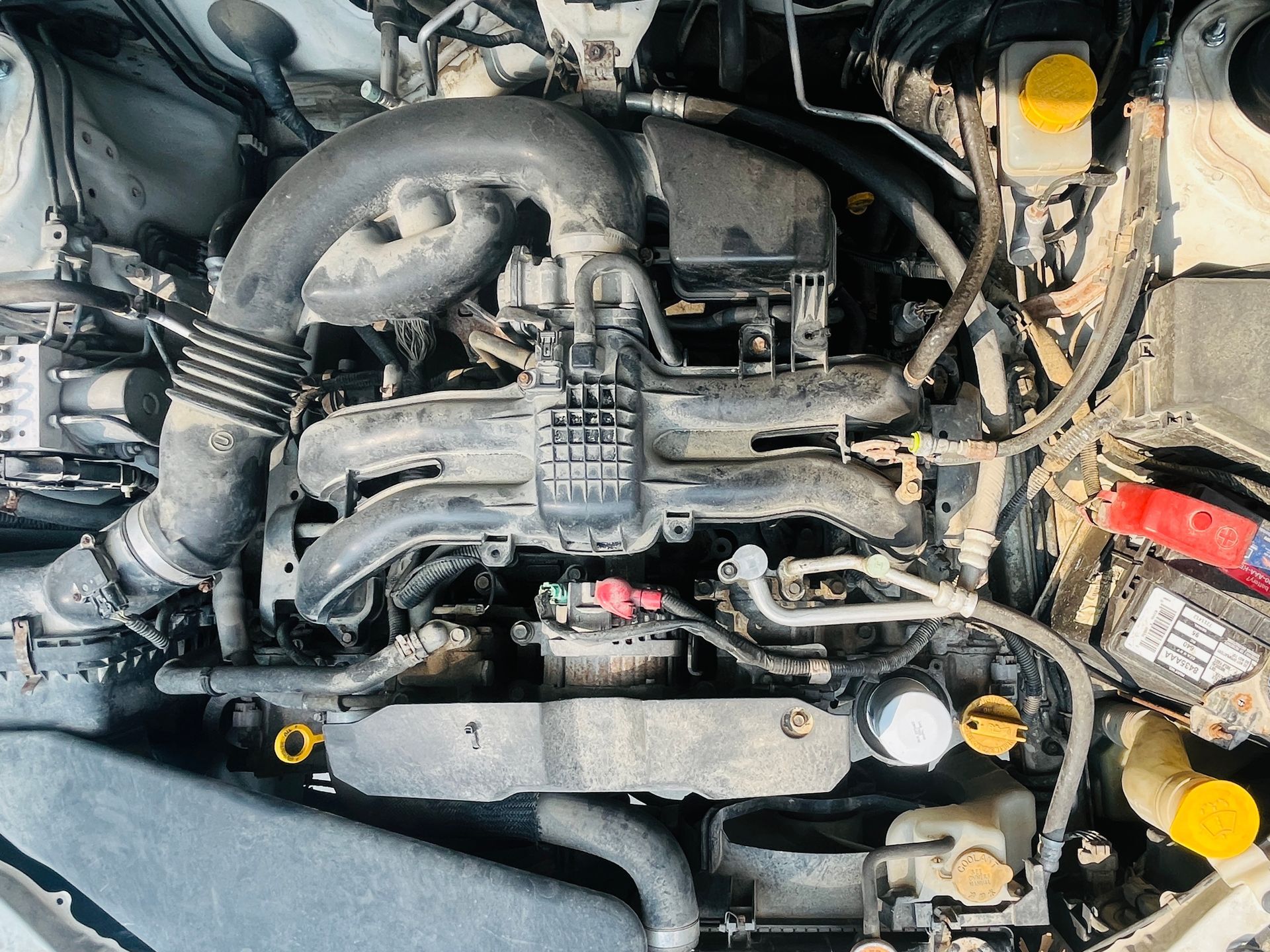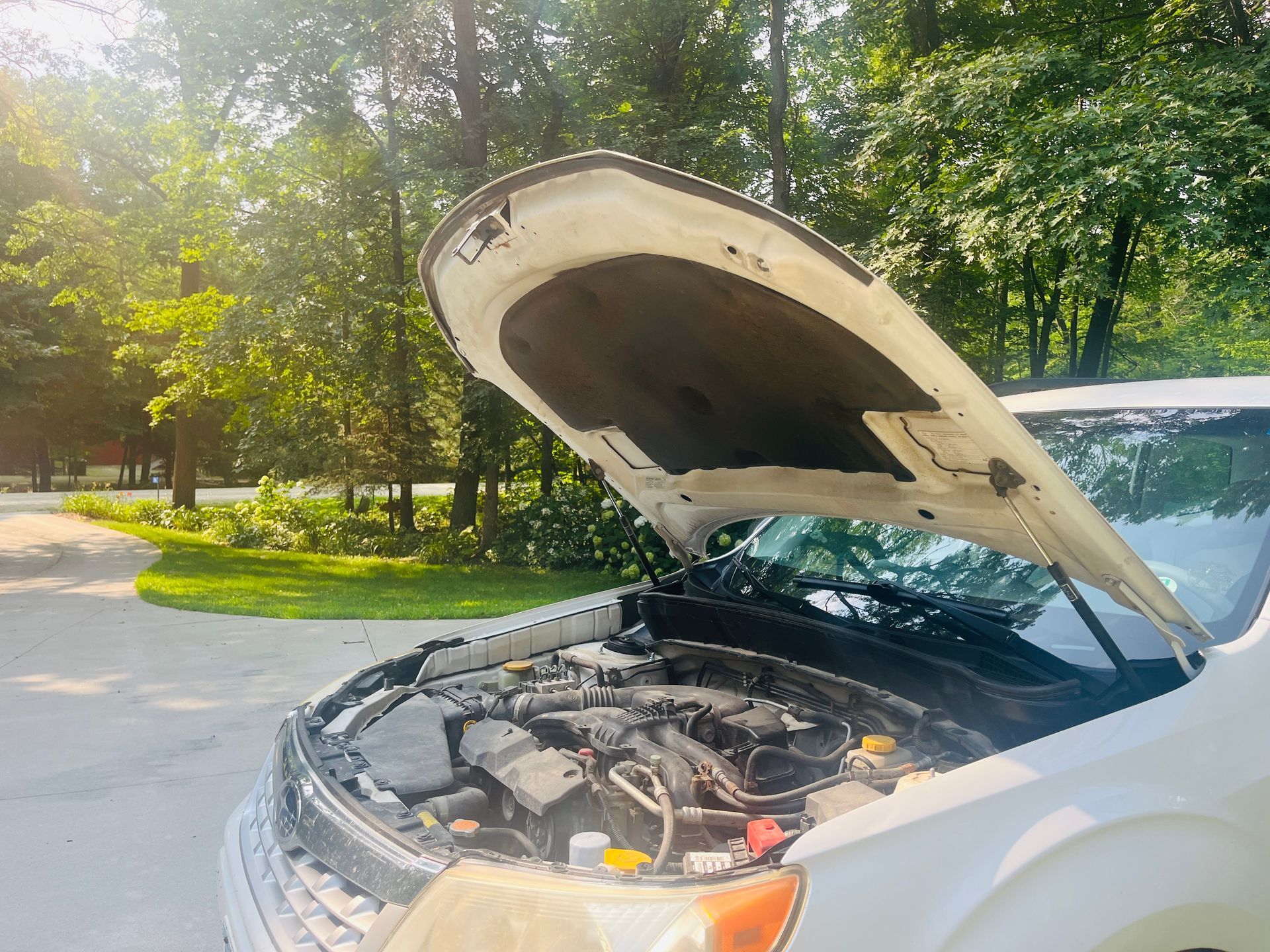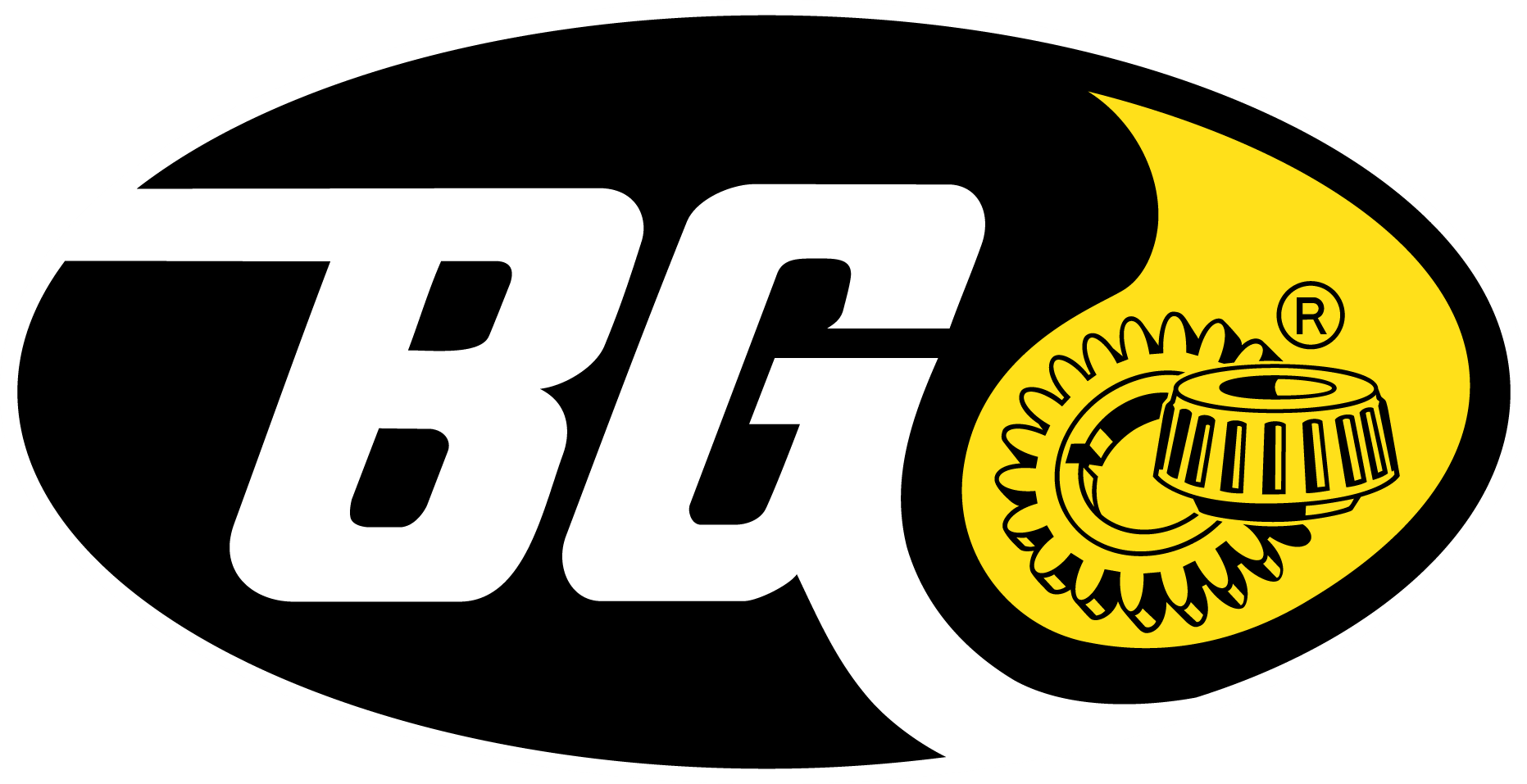BG fluid flushes - cost and explanation
July 6, 2018
Taking care of what we have in life, and with our vehicles
A couple weeks ago my husband drove me eight hours, sat in the airport with me for four hours, and flew with me three hours – all to get me to my dad for Father’s Day. He sacrificed the specialness of what the day was supposed to be for him in order to make it special for my dad and I.
If you read my article last fall, you know that my dad is only sixty-four, has Parkinson’s disease, and was in the early stages of dementia. The latter has progressed so quickly that his home is now in a mental care facility in Oregon. Just prior to our visit last month, we stopped at a local bakery and bought him pie (his favorite sweet treat). Armed with the pie and smiles, my husband and I walked into my dad’s room – to utter devastation. The room was sparse, almost cell-like. My dad was a shell of his former self. When he looked at me, he did not know me; there wasn’t an ounce of recognition in his eyes. But he did see the pie I was carrying, so that became the focus of our visit as he allowed me to cut it for him and as he ate it, his pure delightful moans warmed my heart.
My dad had always lived a healthy and fit lifestyle. It never crossed my mind that he would ever get such brutal diagnoses, and at such an early age. Has this ever happened to you – the disease of a loved one, cancer out of nowhere, a sudden death of someone you loved dearly? Then you know what it’s like to have tears streaming down your face and dripping off your chin because of the sadness you have endured.
But you’ve probably also cried tears for joyous reasons – the birth of a child, the joy of a wedding, a reunion after years apart from a loved one. Tears are a gift. They bring emotion from deep in our soul to the surface so we can grieve or rejoice with passion. These are emotional tears. But there are other types of tears. Basal tears keep our eyes from drying out, and reflex tears protect our eyes from harsh irritants like onions, smoke, dust.
The same holds true with the fluids in your vehicle; there are many types and purposes for each fluid. Besides oil, the fluids that make up your vehicle are extremely important, but often forgotten. The cost of fluid replacement can be a deterrent from getting them replaced. Plus, automotive dealerships want to present vehicles to their customers with the promise of “low cost of ownership,” meaning minimal maintenance. This, my friends, is one of the biggest mistakes vehicles owners are making today – delaying or completely rejecting fluid replacement.
If you are looking to only get about 100,000 miles out of your vehicle, you could probably change only the oil and get it to that age without huge issues with the major systems. However, regular fluid replacement ensures your vehicle will perform well, sound healthy, drive safely, purr at its best, and make it well past the 100,000-mile mark.
Besides engine oil, do you know the types of fluid in your vehicle? Do you know their purposes? Are you familiar with how often they should be replaced?
The purpose of all the fluids in your vehicle is to protect the components within that particular system. The fluid make-up is different depending on the system and what purpose it serves – lubrication, cooling, rust prevention, etc. For details of what each fluid does and the value of each service, I’ve created short videos on my business Youtube channel.
Here is a brief breakdown of what you should consider before deciding what fluid is right for your vehicle.
Auto repair facilities and dealerships vary in the fluids and services they offer. Some offer fluid exchanges with inferior fluid using inefficient fluid exchange machines. These fluid exchanges cost less but don’t protect your vehicle’s systems well. Other shops choose a mid-quality product and decent exchange machine but may not offer other things like cleaning and extra conditioners. Some shops use excellent flush machines with superior quality and extensive testing – so much so that they stand behind their fluid services with lifetime warranties. Alternately, there are also shops that offer a couple options so that the customer can choose the fluid, service, and warranty.
The key with all of this is to understand that a fluid exchange is not the same as a fluid flush.
The most well-known company for quality fluid protection, superior service and warranty is BG. Many shops have a proven track record with this company that maintains today’s vehicles far past the 200,000-mark and with a peace-of-mind warranty. Approximate cost of the fluid services BG offers are:
Cooling system service: $180
Transmission service: $260
Brake system service: $119
Power steering: $120 to $175 (for synthetic)
Driveline (front differential, rear differential and transfer case): $99 each or $279 for all.
For optimum performance and warranty protection, each of these services should be performed every 30,000 miles. For most of us, this averages to every couple of years. If you do them at these intervals, you’ll likely extend the life of your vehicle for many years.
Certainly, there are shops and/or dealerships that offer these services for less than the cost listed, however, with the lessor price likely comes a lessor service.
There are no guarantees in our lives or the lives of our vehicles but we can definitely do our best to make the most of what we are given.
I wish I could say that my dad made a miraculous recovery while I was there, remembering me and hugging me with one of his strong, bone-crushing hugs, but it was not to be. However, the miracle did come a couple days later. When his nurse asked him if he remembered his daughter’s visit, a smile spread across his face and he said: “I ate the whole damn pie!” I am told this is the most he has remembered from entering the care facility last fall, and I am greatly blessed. I urge you all to hug your loved ones, get the most out of life and get regular quality fluid flushes in your vehicles so that they will last longer and perform well.

